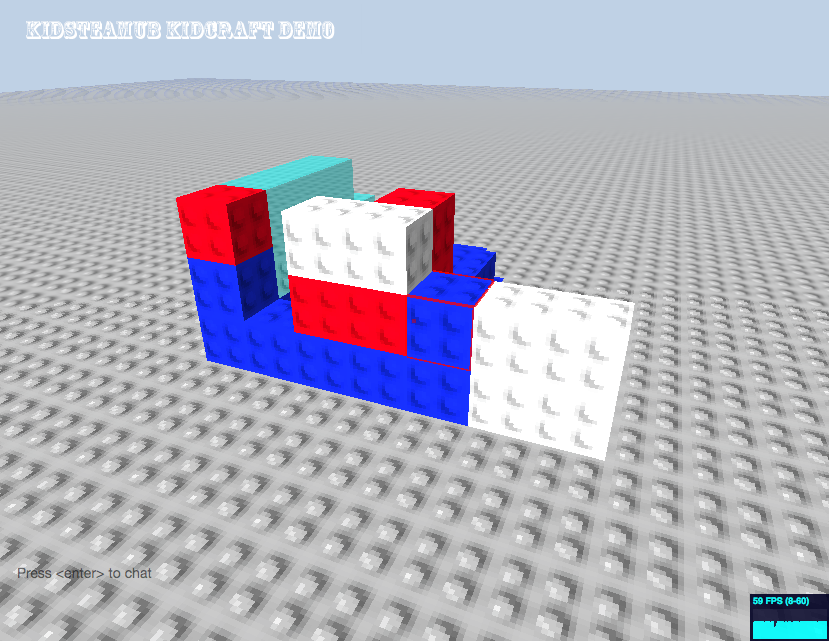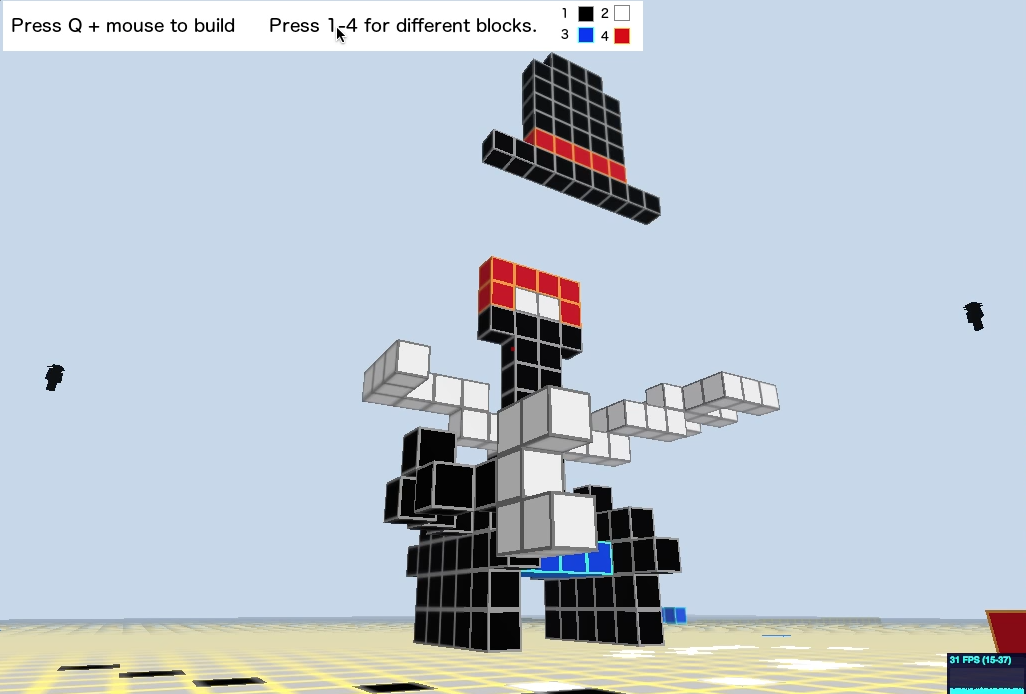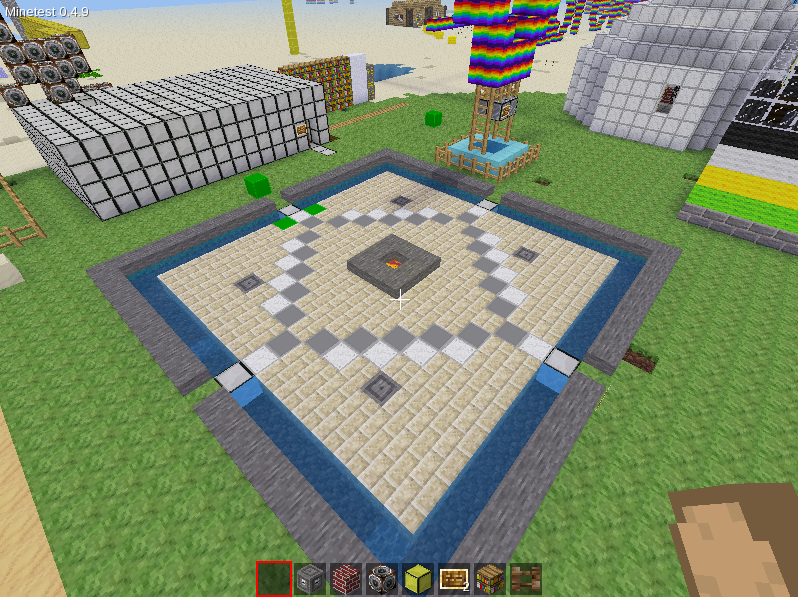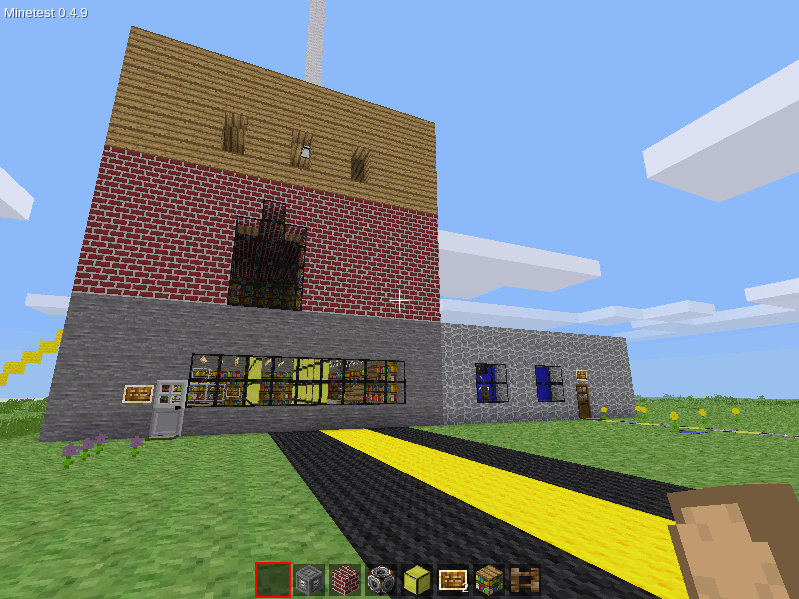

Children from urban areas have traditionally not been included in product co-design. This exclusion has happened for a number of reasons but access to transportation and available time are the two biggest causes. How can we work through these limitations to include more voices in the design process?
This project sought to create an environment that supported synchronous co-design from participants who weren't in the same place.
In order to address this problem, we worked with children who live in Baltimore City. The children were from relatively affluent families and participated in our inter-generational co-design team and could attend sessions throughout the school year. Through informant interviews and not living under a rock, we learned that Minecraft was very powerful with this age group.


Through iterative design, we developed multiple prototypes of virtual worlds based on Minecraft clones and user-tested them in lab and field experiments. The final version was a custom built, JavaScript based tool that ran in a browser without any extensions and supported geographically distributed co-design.
For more information about this project, see the paper Inclusive Co-Design within a Three-Dimensional Game Environment.
This was an interesting project because it was initially intended as a white-board project that was similar to a previous product I designed. However, listening to the participants and being aware of the zeitgeist led to a very unique outcome and useful piece of software for co-designers.
leader, supervisor, designer, programmer, researcher. I oversaw four employees for this project.
user-centered design, co-design, iterative prototyping, user test, lab studies, field studies
Javascript, Minetest, PHP, Node.js


More information: